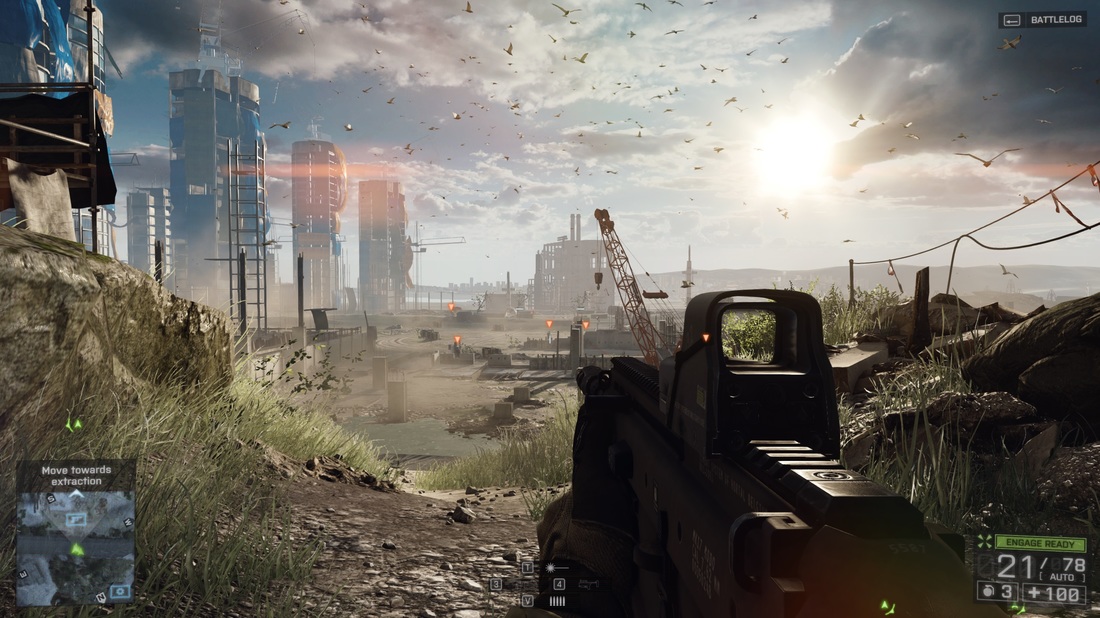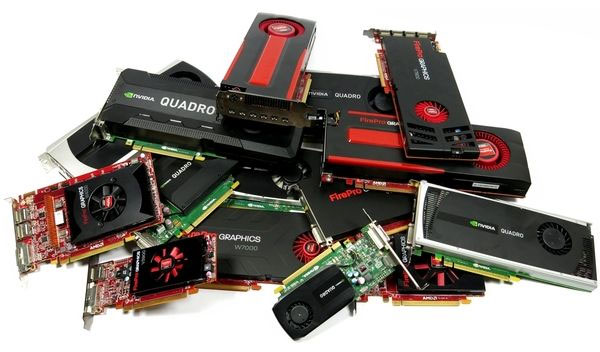|
Quadro vs. Geforce. Radeon Pro WX vs. Radeon Pro. All these questions may have lurked into some professional's minds and stayed there as some of them have been tightly adhered by extremely sticky super glue called cost comparison. Up until now, I still get lots of questions from customers/potential customers that are comparing between both. As we all know, Nvidia has their own professional graphics called Quadro (based on Pascal architecture) while AMD has just announced the retirement of their Firepro lines in 2017 and replaced by the new Radeon Pro WX based on Polaris GPU. These cards from the well known manufacturers are considered more expensive cards than consumer cards like Geforce (Nvidia), as well as soon to be Radeon Pro (AMD) next year. But how do those professional graphics cards place some substantial differences, compare to consumer/gaming graphics cards? Well, there are essential differences for sure, and I'll try to explain it in this short page. But let me begin with some industries that would take the advantages of the professional graphics solution. Architecture, Engineering and Construction Mostly, this industry is the most well known of occupying CAD systems which will require precision computing and results. Engineers require the computers they use to be able to display real world real size geometry and those are massive. Accurate representation wouldn't be enough. It has to be precise in mm by mm (even in micron measurements) so things are precise in both visual and computation. Getting mismatched figures may lead to product recalls and even huge catastrophy that costs lives. Media and Entertainment Imagine 20 years ago, where movies just started to get digital in producing it. Before, there are thousands of man hours required to produce a single sci-fi movie which has good visual effects. For the last 20 years, the time consumed by the rendering process may not be significantly just down, but we could achieve much greater details and accuracy with today's technology. And bringing the result to a large movie screen in a theatre wouldn't be that much different into bringing it to our living room as 4K tv and monitor have already become a standard. Shortly, we would even be talking about 8K and beyond. Imagine all the processing power to produce crisp and highly detailed virtual environment that looks so real and even better than in real life. This would require massive computing power. Oil and Gas From exploration to exploitation of oil, minerals and and gas activities, they require intensive computing and accurate representation of millions of tons of reservoir and soil structures. Those incredibly massive datasets, would have to be calculated in such precise computation within time constraints that will also define the safe steps taken on the next process. Simulation is the key to achieve the closest scenario to the real world. There are also other industries such as life sciences, product development, financial services, education/research and some others that would require massive and precise computing process. THE GAMING CARDS The consumer of gaming cards theses days have massive ability to display highly detail objects while maintaining high frame rate per second during a gameplay. Effects such as shadows, volumetric lights, shaders and even realistic skin looking can be viewed in real-time when playing an advanced game. And this is the power of the gaming cards that they are mainly focused on: DELIVERING HIGHEST QUALITY ON VISUAL AND FPS DURING A GAMEPLAY. They don't really care about the accuracy and precision as long as they deliver "THE EXPERIENCE" of real environment and characters. Note that when it's delivered, players won't say another word other than enjoying the game. And no consequences at all. THE PROFESSIONAL GRAPHICS CARDS Now, what really happens on the professional graphics cards that differ from the gaming cards? I'm not saying that gaming cards couldn't do some tasks that professional graphics cards do. And the fact is, professional graphics cards won't deliver multiple times of FPV over the gaming cards. Infact, both gaming and professional cards come from the same GPU design and same manufacturing process. So howcome the professional cards cost us multiple times of the gaming cards? Each product has different target/market segments, just as I explained it earlier in this page. And surely, even the gaming and professional cards came from the same GPU design, they are not particularly identical. Professional graphics cards are designed to do continous computing under 3 common areas:
Professional graphics cards deliver features that are related to professional graphics application requirements such as optimized drivers, error correcting process while not slowing down the process, bigger memory/frame buffer for larger processed datasets and visual computations, yet maintaining precision and accuracy on both process and results. While there are still many more, those features are meant to deliver and keep the streamlined graphics work and process to the user.
Another thing that substantially differentiate the professional graphics over the gaming cards is, double-precision floating point feature which allows us to double the maximum processed data as well as the precision and range of magnitudes. There's no way a gaming card could achieve this. In shorts, professional graphics cards can:
SUMMARY About few weeks back, I got engaged with an enterprise customer that didn't receive proper support from their software vendor/reseller. The software vendor didn't know how to enable the features on the professional graphics card (they even offered insufficient professional graphics to the customer's needs) inside the sold system, to support the software. I guess it becomes our benefits over them. So, I hope this could give a better explanation between both. However, the cards need special tuning when it comes to use different applications as each application has unique requirements of settings of the graphics card in order to deliver the highest performance possible. Please feel free to let us know what your requirements are and we'll try our best with our resources to assist you.
0 Comments
Your comment will be posted after it is approved.
Leave a Reply. |
AuthorBimo Adi Prakoso, founder of Sentra Grafika Kompumedia, is an engineering-animation-broadcast industry professional and workstation evangelist. He's been in the Workstation industry since 1996, the era of SGI. Archives
June 2024
Categories |
Copyright © 2024 Sentra Grafika Kompumedia. All rights reserved.
Jual HP Workstation dan HP Mobile Workstation Terlengkap Di Indonesia
Jual HP Workstation dan HP Mobile Workstation Terlengkap Di Indonesia





